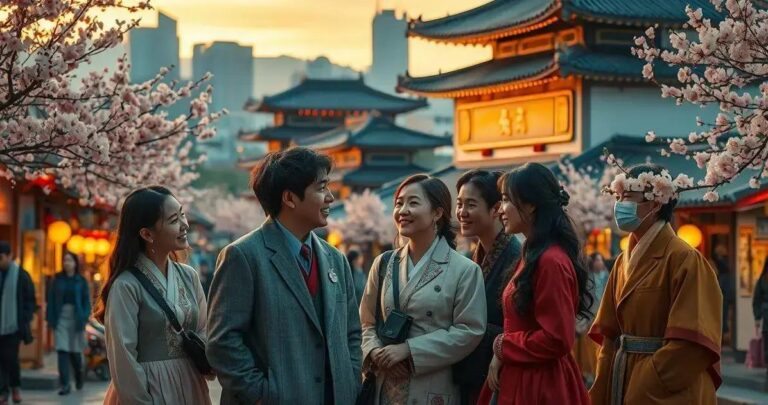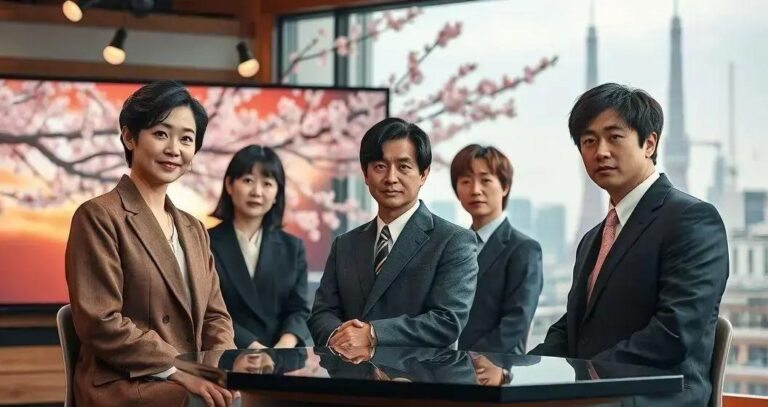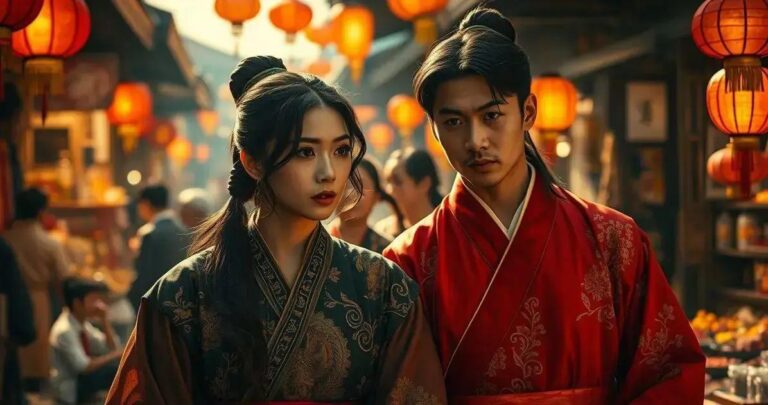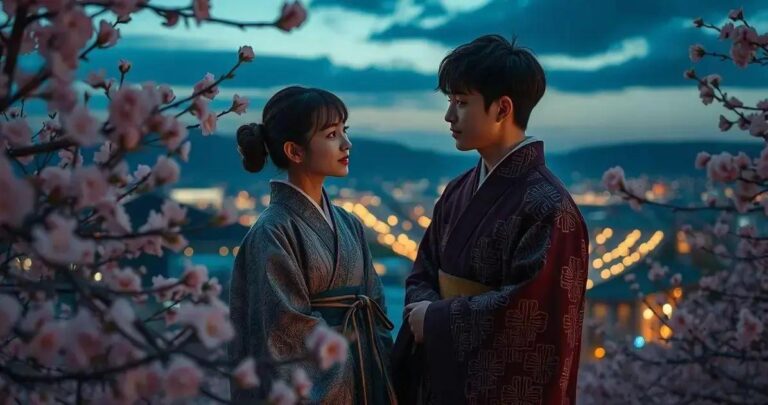Drama Review: Unveiling the Best and Worst Elements to Watch
Advertisements
Drama review enthusiasts will find plenty to enjoy as we delve into the world of gripping narratives, unforgettable characters, and emotive storytelling that defines this beloved genre. With recent releases captivating audiences, our exploration of the drama landscape highlights the key elements that make or break a viewing experience. From top dramas of the year to the viewer’s perspective on fan favorites, join us as we analyze and critique the latest hits and misses.
Exploring the Genre: What Defines a Drama
The world of drama is vast and varied, offering audiences a chance to explore emotional narratives and complex characters. A typical drama focuses on character development and the exploration of themes such as love, conflict, and moral dilemmas. What distinguishes a drama is its ability to elicit deep emotional responses from its viewers.
Core Elements of a Drama
Essential components include a richly woven plot and relatable characters who undergo significant growth or face challenging situations. The goal is to engage viewers and encourage them to connect with the characters’ journeys.
Another defining aspect is the portrayal of realistic scenarios that often reflect societal issues, providing commentary on real-world events through fictional narratives. The harmony between a moving storyline and a believable setting helps to immerse the audience in the characters’ trials and triumphs.
Influence of Sub-genres
Dramatic storytelling also branches into various sub-genres, such as romantic dramas, historical dramas, and family dramas, each adding its unique flavor to the classic framework. These variations cater to diverse audience preferences and showcase the genre’s versatility.
In conclusion, the essence of drama lies in its capacity to transport viewers into a world that mirrors their own experiences and emotions, making every story deeply personal and memorable.
Top Dramas of the Year: A Comprehensive Review

Each year, the world of drama offers numerous riveting productions that captivate audiences worldwide. This year’s top dramas have successfully combined engaging narratives with powerful performances to leave a lasting impact.
Standout Performances
One of the highlights has been the array of performances that bring characters to life. Talented actors have taken center stage, embodying roles with depth and authenticity, which has resonated with viewers.
From dramatic monologues to emotionally charged scenes, these performances have left audiences on the edge of their seats, eagerly discussing character development and plot twists.
Compelling Storylines
Another key element of this year’s top dramas is the well-crafted storylines that keep viewers hooked. Themes such as identity, moral conflict, and societal challenges are explored through intricate plots that maintain suspense and intrigue.
These stories often reflect real-world issues, providing viewers with both entertainment and thoughtful commentary on current events.
It’s this perfect mix of storytelling and performance that has defined the year’s best dramas, making them unforgettable experiences for all who watch.
Analyzing Key Elements in Popular Dramas
Understanding the key elements that contribute to the success of popular dramas involves examining several critical aspects. One important factor is character depth. Complex and relatable characters create a strong connection with the audience, making viewers invest emotionally in their journey.
Engaging Plotlines
The storyline is another essential component. A well-structured narrative with unexpected twists keeps the audience engaged and guessing. The ability to craft a story that consistently builds tension and provides clear resolutions is vital for maintaining interest.
Additionally, effective dialogue plays a crucial role in conveying a drama’s emotional depth. Characters communicating in authentic and meaningful ways can enhance the viewer’s understanding and empathy.
Visual and Sound Elements
Visual aesthetics and sound design also contribute significantly to the overall experience. The use of lighting, color palettes, and music can set the mood and intensify emotions, creating a more immersive environment for the story.
The culmination of these elements results in dramas that not only entertain but also provoke thought and discussion, securing their place as favorites among audiences.
Critical Acclaim: Are Critics Always Right?

Critics play a significant role in shaping the perception of dramas, offering insights and assessments that guide audience choices. However, are critics always right? It’s essential to explore the subjective nature of reviews and understand that opinions can vary widely.
The Subjectivity of Reviews
Each critic brings their own experiences and preferences to their evaluations, which means that personal taste heavily influences reviews. A critic’s analysis might focus on technical aspects such as cinematography or direction, which might appeal to some viewers but not to others.
Additionally, criticisms often highlight the artistic intentions of a drama, assessing whether these are effectively communicated and resonate with the audience. While one critic praises a show’s ambition, another might find it lacking in execution.
Audience vs. Critical Opinion
There are times when a drama achieves critical acclaim but fails to connect with the general audience, or vice versa. This discrepancy can occur due to differing expectations or interests between critics and viewers.
It’s important for audiences to consider both professional reviews and personal preferences when deciding which dramas to watch. By doing so, they can appreciate critiques for their insights while also trusting their judgment to find what truly entertains and engages them.
Behind the Scenes: The Making of a Drama
The creation of a drama involves intricate processes and the collaboration of numerous talented individuals behind the scenes. A crucial element is screenwriting. This initial phase sets the foundation with a compelling script that details the storyline and character arcs.
Directing and Cinematography
The director’s vision is vital in transforming the script into a visual spectacle. Directors work closely with the cast to bring out authentic performances and ensure the story is told in the most effective way.
Cinematography is another key component. It involves selecting visual styles, camera angles, and lighting to evoke specific emotions and enhance storytelling. The cinematographer collaborates with the director to create memorable scenes that capture the audience’s attention.
Production Design and Costuming
Production design plays a significant role in setting the scene. From location scouting to set decoration, every detail is meticulously planned to reflect the drama’s mood and era. Costuming further contributes to this, providing characters with outfits that reflect their personalities and journeys.
Together, these elements create a cohesive and immersive world that brings the drama’s narrative to life.
Viewer’s Perspective: What Do Audiences Really Think?

Understanding the viewer’s perspective is crucial to appreciating how dramas resonate with audiences. Fans often seek authentic storytelling that reflects real-world experiences. They gravitate towards relatable characters, engaging plotlines, and emotional depth that mirrors their own lives.
Factors Influencing Audience Reception
One key factor is the representation of diverse backgrounds, cultures, and perspectives. Viewers appreciate when dramas highlight unique narratives that explore different cultural experiences and social issues.
The pacing of the storyline can also impact viewer enjoyment. A well-paced drama maintains attention and prevents episodes from feeling too fast or dragging. Fans enjoy engaging with unpredictable twists that keep them guessing without losing narrative coherence.
Community and Social Media Engagement
Social media platforms provide viewers a space to share thoughts and reactions, playing a significant role in gauging audience sentiment. These discussions can offer insights into a drama’s impact, revealing what elements are celebrated or critiqued.
Overall, the viewer’s engagement and feedback are invaluable, shaping future productions and ensuring that dramas remain a beloved form of entertainment.
The Impact and Future of Drama
Reflecting on the diverse elements discussed, it’s clear that dramas hold a unique place in the world of entertainment. From the intricate production stages explored in Behind the Scenes: The Making of a Drama, to the emotional impact analyzed in Analyzing Key Elements in Popular Dramas, the genre continues to evolve and captivate audiences.
Viewer engagement, discussed in ‘Viewer’s Perspective: What Do Audiences Really Think?, highlights the importance of authenticity and representation. Meanwhile, the balance between critical reviews and audience sentiment, as seen in Critical Acclaim: Are Critics Always Right?, underscores the personal nature of viewers’ experiences.
Ultimately, drama remains a powerful medium for storytelling, reflecting societal issues and human emotions. As audiences continue to demand fresh and diverse narratives, the future of drama promises to be dynamic and engaging, inviting viewers to explore new stories and perspectives.






